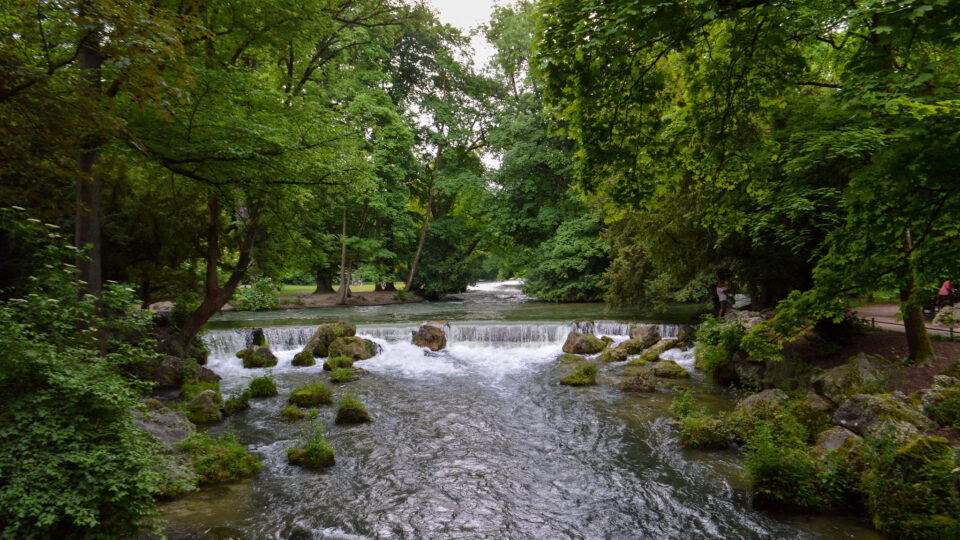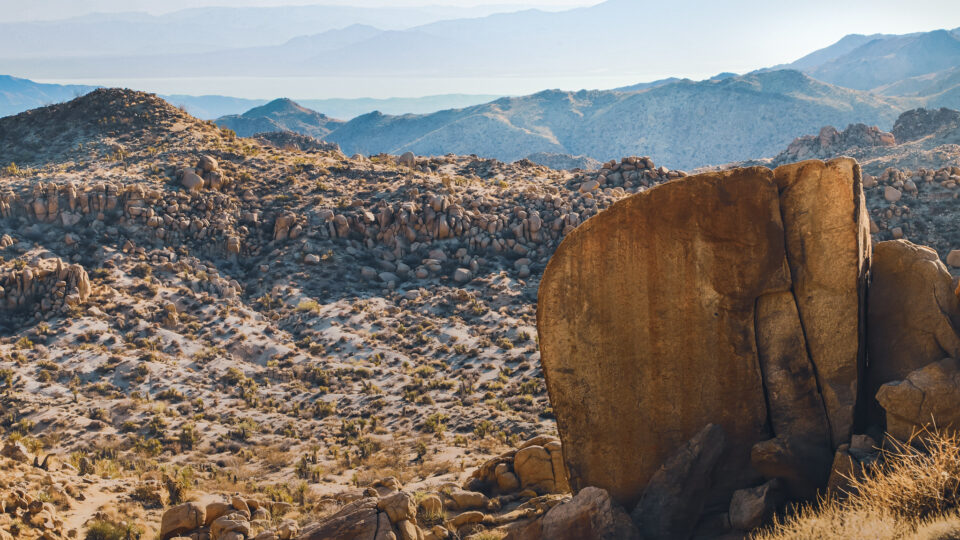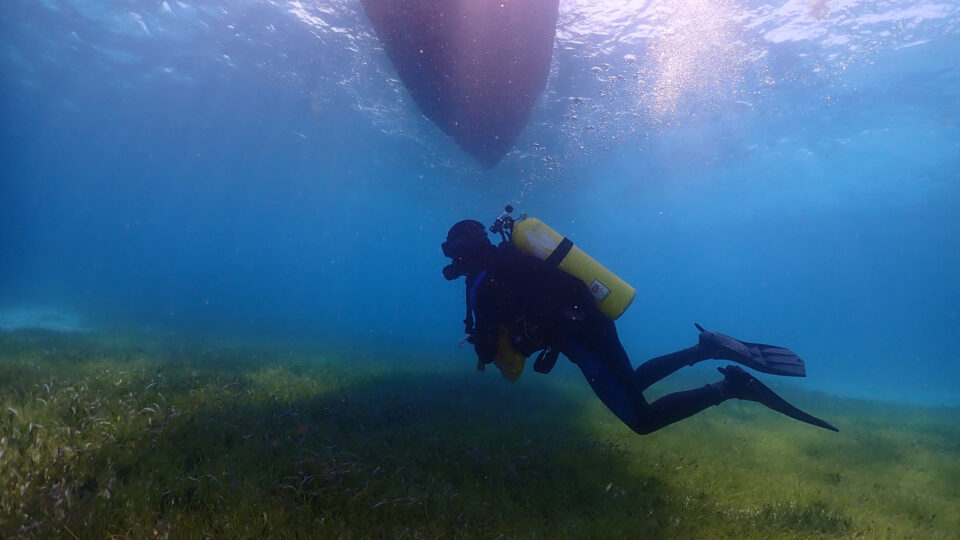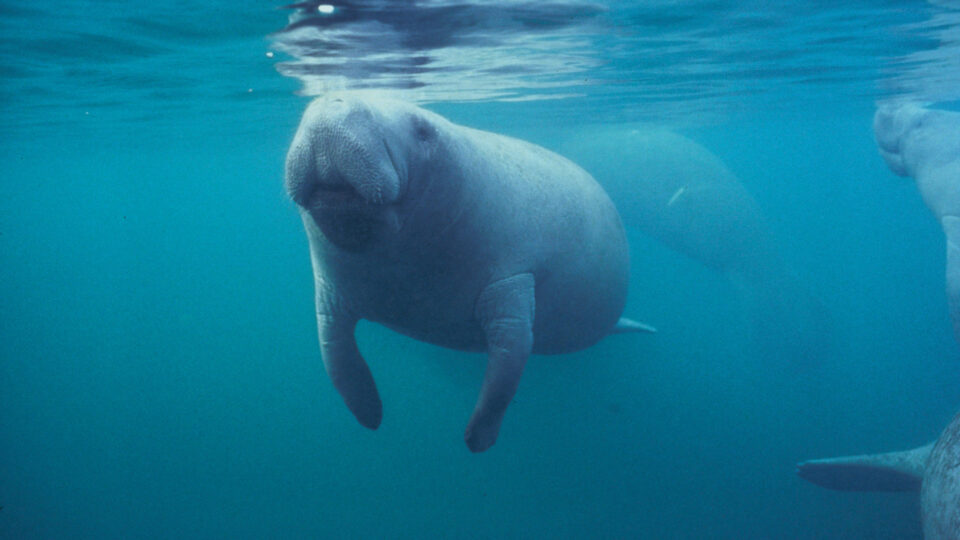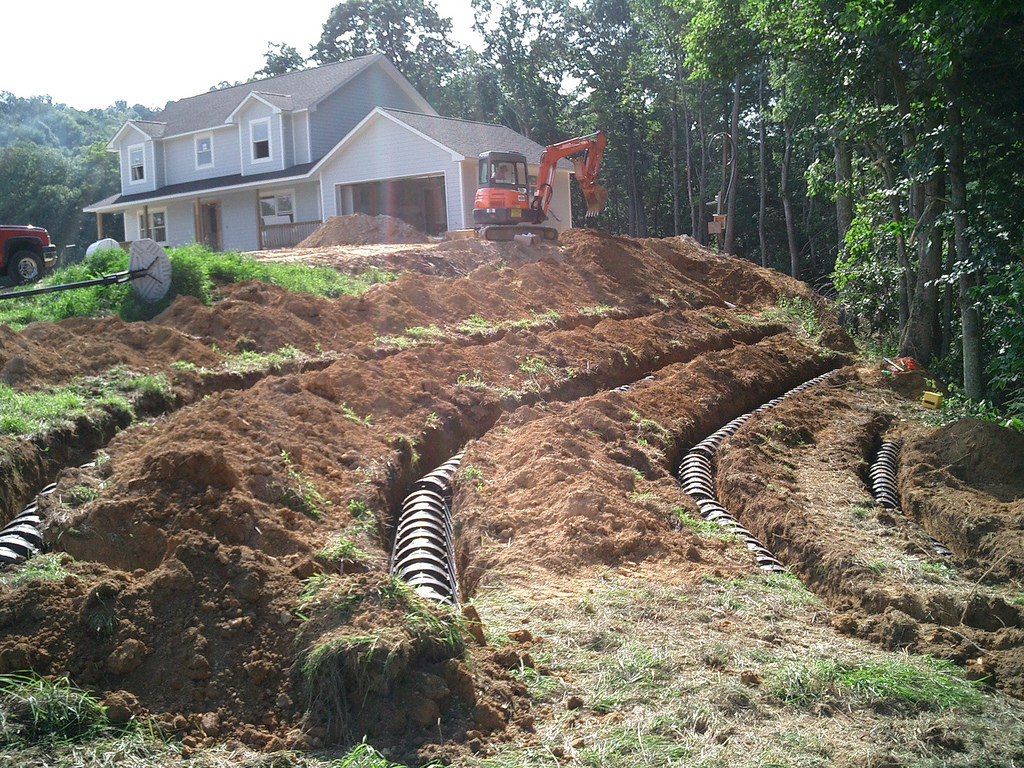Our planet is heating up. Scientists have concluded that the changing climate is primarily the result of increased greenhouse gas emissions from human activities. Some of the effects of global climate change include thawing permafrost, rising seas, intensifying storms and wildfires, and warming oceans.
According to a new study led by researchers from Penn State University, rivers are warming and losing oxygen even faster than oceans. The study, which was recently published in the journal Nature Climate Change, found that warming occurred in 87% and oxygen loss occurred in 70% of the nearly 800 rivers studied.
The research team projects that within the next 70 years some river systems, especially those in the American South, will experience such low oxygen levels that the rivers could “induce acute death” for some fish species and threaten the aquatic diversity of river ecosystems.
The research team used artificial intelligence and deep learning to analyze water quality data from nearly 800 rivers across the U.S. and central Europe. The researchers found that rivers are warming up and deoxygenating faster than oceans, which could have serious implications for both aquatic life and humans.
While climate change has led to warming and oxygen loss in oceans and lakes around the world, the researchers did not expect to find warming and deoxygenation in shallower, flowing rivers. Since life in water depends on temperature and dissolved oxygen, the researchers hope this study serves as a wake up call. Warming and deoxygenating rivers have significant implications for water quality and the health of aquatic ecosystems worldwide.
**********
Web Links
Rivers are rapidly warming, losing oxygen; aquatic life at risk
Photo, posted June 2, 2017, courtesy of Francisco Anzola via Flickr.
Earth Wise is a production of WAMC Northeast Public Radio
